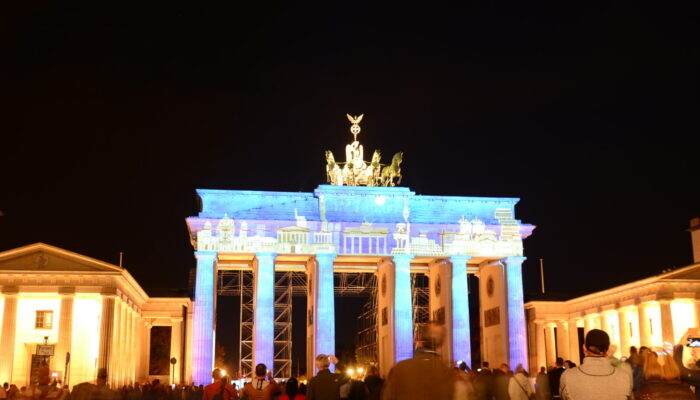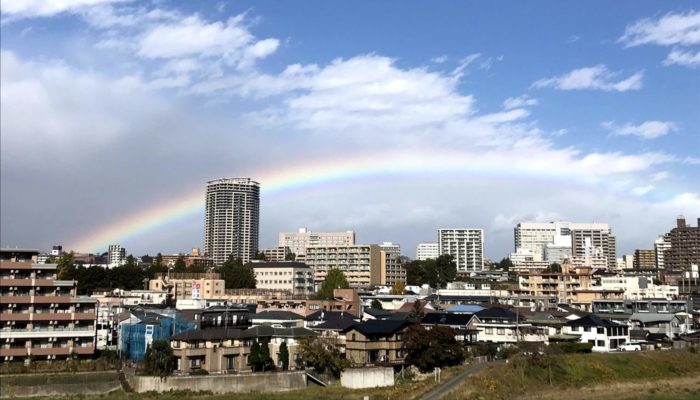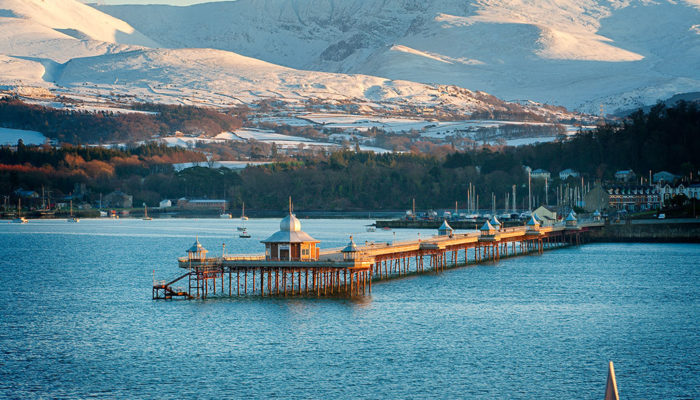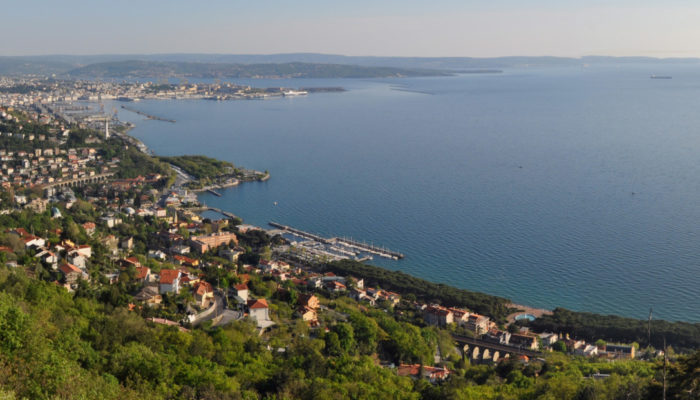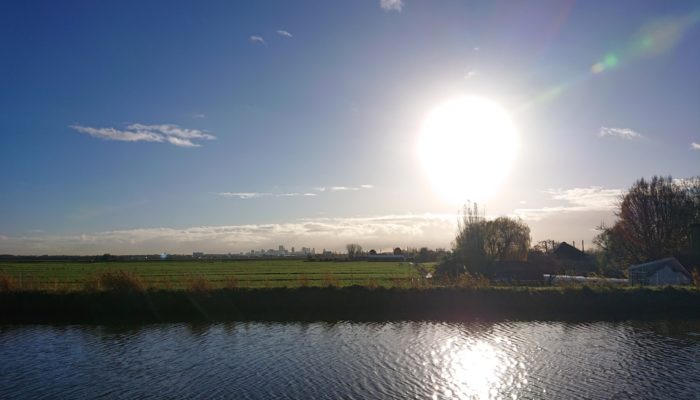“There is no geology here – just dirt!” or “It’s only a large sandbox.” are two common narratives told about the geology of the Berlin region. But is that true? Is there really nothing interesting to find and see for a geologist in the German capital? Let’s start digging! The hard rock One narrative is definitely true, Brandenburg, the state surrounding Berlin, like entire northern Germany, is a l ...[Read More]
San Francisco: Where the Plates Meet
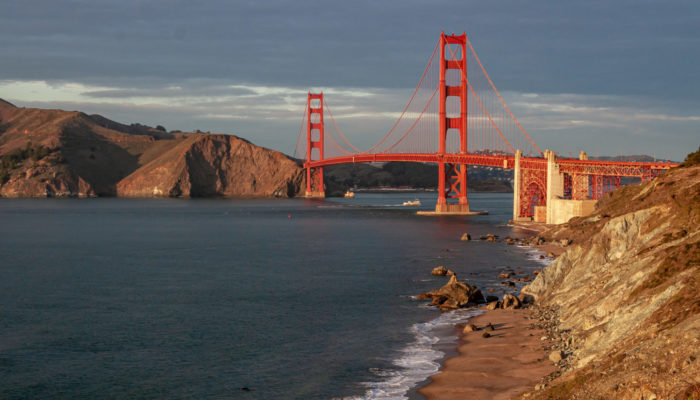
San Francisco has been a natural gathering place for people across the millennia. It is not a coincidence that this city, situated at the entrance to the largest estuary on the U.S. West Coast, owes its dramatic setting to active geology on the North American plate margin. The first people of the San Francisco Peninsula, the Ramaytush Ohlone, cared for the land here for thousands of years before E ...[Read More]
Zürich: surrounded by a geologist’s playground
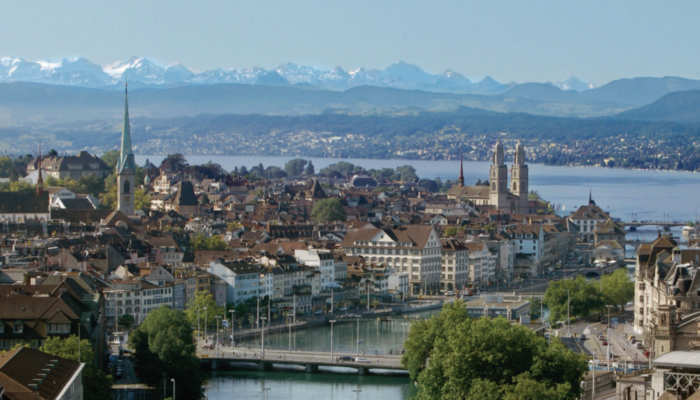
Zürich, with its lake stretching towards the foot of the Swiss Alps in the South, is currently a charming city full of watersides, lively bars, students and bankers. In Switzerland, you’ll find a wide variety of landscapes and geological features over a relatively small area – from the Alpine mountain range in the South to the low-lying plateau and the Jura Mountains in the North. Located in close ...[Read More]
Sendai, living on the edge!
Sendai and its people live on the edge. The city and its citizens learned to live over a subduction zone. Sendai has survived 500 years of hazards; it is a resilient and industrious city. People know disaster will strike again, but also that they will rise up when it does. Japan, ‘the sunrise country’, would be much better named ‘the land of sinking tectonic plates’. Above the point where the Paci ...[Read More]
Civita di Bagnoregio – the dying town
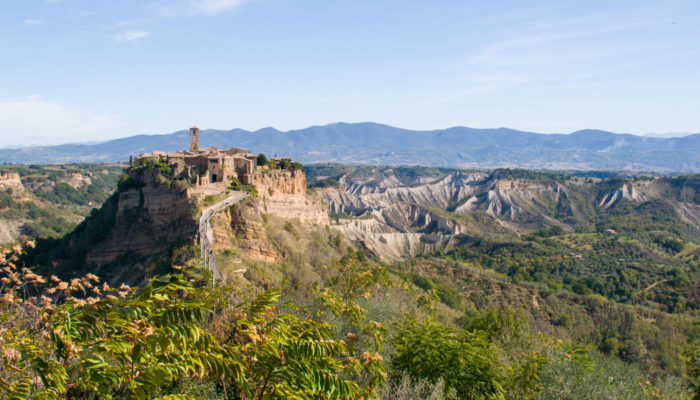
On top of a steep cliff standing out from the surrounding countryside, lies the small town of Civita di Bagnoregio, one of the most famous villages of Italy. It is often called the dying town, although more recently people have started to refer to it as fighting to live. What this little town is fighting against is the threat of erosion, as its walls are slowly crumbling down. Located in central I ...[Read More]
Bangor and Snowdonia, a natural laboratory for geologists of the scientific revolution
Bangor, once a tropical paradise on the coast of Gondwana, then a volcanic wasteland at the foothills of an immense mountain chain. The region would then be buried under glaciers for thousands of years before finally developing into an unassuming Welsh University town. Wales’ place in modern geology Perhaps you have looked at the chronostratigraphic chart of Earth history and wondered what ...[Read More]
Trieste, where the word Karst originates
The city of Trieste lies in north-eastern Italy along the border with Slovenia. It is positioned at the corner point between the Romance, Germanic and Slavic worlds and serves as an important seaport in the region. It is fascinating for both its history and geology. My relationship with Italy’s town of Science, as Trieste is often referred to, started about a year ago. I got the opportunity to st ...[Read More]
From Mountains to Modernists: the geological foundations and inspirations of Barcelona
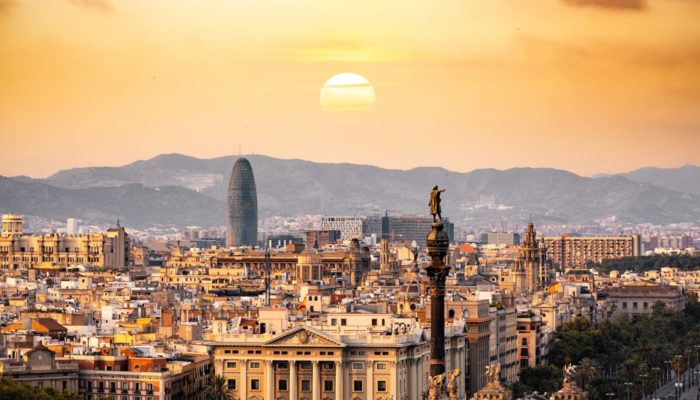
Barcelona is a vibrant city on the Mediterranean coast, nested snugly between the sea and the Collserola Ridge of the Catalan Coastal ranges. The story of Barcelona starts around 2000 years ago as an Iberian settlement, owing to its strategic location on the coastal route connecting Iberia and Europe. The combination of easily defendable ground and the fertile soils of the Besos and Llobregat delt ...[Read More]
The Netherlands: In search of the oldest rocks of a muddy country
Technically speaking, the Netherlands isn’t really a city, even though it is the most densely populated country in the European Union and one of the most densely populated countries in the world, with 488 people/km2. It is a delta, and for many people geology is not the first thing that springs to mind when thinking about the flat countryside. Large parts of the country have been more often below ...[Read More]
Lisbon at the dawn of modern geosciences
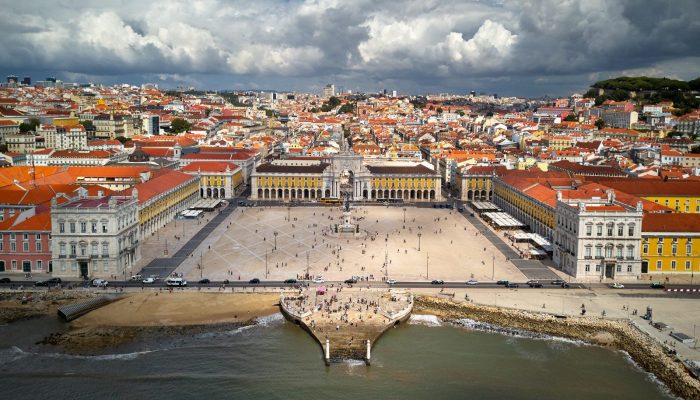
Here, where the land ends and the sea begins... Luís de Camões (Portuguese poet) Lisbon. Spilled over the silver Tagus River, it is known by its beautiful low light, incredible food and friendly people. Here, cultures met, and poets dreamed, as navigators gathered to plan their journeys to old and new worlds. Fustigated by one of the greatest disasters the world has ever witnessed, Lisbon is inter ...[Read More]

